Rabbit Anti-RAF1 Recombinant Antibody (VS3-CJ325) (CAT#: VS3-CJ325)
This product is a rabbit antibody that recognizes RAF1.

(Immunofluorescent staining of human cell line U-2 OS shows localization to plasma membrane & cytosol.)
* Image credit: Human Protein Atlas v21.proteinatlas.org/images/2639/1867_B3_30_cr5b68189b791a9_selected.jpg

(Immunohistochemical staining of human rectum shows moderate nuclear positivity in glandular cells.)
* Image credit: Human Protein Atlas v21.proteinatlas.org/images/2640/8654_A_5_3_selected.jpg

(Immunohistochemical staining of human gall bladder shows moderate nuclear positivity in glandular cells.)
* Image credit: Human Protein Atlas v21.proteinatlas.org/images/19291/43320_A_5_4_selected.jpg

(Germinal center cells Staining: Medium Intensity: Moderate Quantity: 75%-25% Location: Nuclear)
* Image credit: Human Protein Atlas v21.proteinatlas.org/images/2640/8654_A_8_8.jpg

(Glandular cells Staining: Medium Intensity: Moderate Quantity: 75%-25% Location: Nuclear)
* Image credit: Human Protein Atlas v21.proteinatlas.org/images/2640/8654_A_7_3.jpg

(Cells in tubules Staining: High Intensity: Strong Quantity: 75%-25% Location: Cytoplasmic/ membranous)
* Image credit: Human Protein Atlas v21.proteinatlas.org/images/2640/8654_A_8_5.jpg

(Cell lines ordered by descending RNA expression order)
* Image credit: Human Protein Atlas v21.proteinatlas.org/ENSG00000132155-RAF1
Specifications
- Immunogen
- Recombinant protein
- Host Species
- Rabbit
- Type
- Rabbit IgG
- Specificity
- Human RAF1
- Species Reactivity
- Human
- Applications
- WB, ICC, IF
- Conjugate
- Unconjugated
Product Property
- Purification
- Protein A affinity purified
- Purity
- >95% as determined by SDS-PAGE
- Buffer
- 40% Glycerol, 1% BSA, TBS, pH7.4.
- Preservative
- 0.05% sodium azide
- Storage
- Store at 4°C for short term. Aliquot and store at -20°C for long term. Avoid repeated freeze/thaw cycles.
- Shipping
- Ice packs
Applications
- Application Notes
- This antibody has been tested for use in Western Blot, Immunocytochemistry, Immunofluorescence.
Target
- Alternative Names
- RAF proto-oncogene serine/threonine-protein kinase; EC 2.7.11.1; Proto-oncogene c-RAF; cRaf; Raf-1
- Gene ID
- 5894
- UniProt ID
- P04049
- Sequence Similarities
- Belongs to the protein kinase superfamily. TKL Ser/Thr protein kinase family. RAF subfamily.
- Cellular Localization
- Cell membrane, Cytoplasm, Membrane, Mitochondrion, Nucleus
- Post Translation Modifications
- Phosphorylation at Thr-269, Ser-338, Tyr-341, Thr-491 and Ser-494 results in its activation. Phosphorylation at Ser-29, Ser-43, Ser-289, Ser-296, Ser-301 and Ser-642 by MAPK1/ERK2 results in its inactivation. Phosphorylation at Ser-259 induces the interaction with YWHAZ and inactivates kinase activity. Dephosphorylation of Ser-259 by the complex containing protein phosphatase 1, SHOC2 and M-Ras/MRAS relieves inactivation, leading to stimulate RAF1 activity. Phosphorylation at Ser-338 by PAK1 and PAK5 and Ser-339 by PAK1 is required for its mitochondrial localization. Phosphorylation at Ser-621 in response to growth factor treatment stabilizes the protein, possibly by preventing proteasomal degradation. Phosphorylation at Ser-289, Ser-296, Ser-301, Ser-338 and Ser-621 are somehow linked to the methylation potential of cells. Treatment of cells with HGF in the presence of the methylation inhibitor 5'-methylthioadenosine (MTA) results in increased phosphorylation at Ser-338 and Ser-621 and decreased phosphorylation at Ser-296, Ser-301 and Ser-338. Dephosphorylation at Ser-338 by PPP5C results in an activity decrease.
Methylated at Arg-563 in response to EGF treatment. This modification leads to destabilization of the protein, possibly through proteasomal degradation.
- Protein Refseq
- NP_002871.1
- Function
- Serine/threonine-protein kinase that acts as a regulatory link between the membrane-associated Ras GTPases and the MAPK/ERK cascade, and this critical regulatory link functions as a switch determining cell fate decisions including proliferation, differentiation, apoptosis, survival and oncogenic transformation. RAF1 activation initiates a mitogen-activated protein kinase (MAPK) cascade that comprises a sequential phosphorylation of the dual-specific MAPK kinases (MAP2K1/MEK1 and MAP2K2/MEK2) and the extracellular signal-regulated kinases (MAPK3/ERK1 and MAPK1/ERK2). The phosphorylated form of RAF1 (on residues Ser-338 and Ser-339, by PAK1) phosphorylates BAD/Bcl2-antagonist of cell death at 'Ser-75'. Phosphorylates adenylyl cyclases: ADCY2, ADCY5 and ADCY6, resulting in their activation. Phosphorylates PPP1R12A resulting in inhibition of the phosphatase activity. Phosphorylates TNNT2/cardiac muscle troponin T. Can promote NF-kB activation and inhibit signal transducers involved in motility (ROCK2), apoptosis (MAP3K5/ASK1 and STK3/MST2), proliferation and angiogenesis (RB1). Can protect cells from apoptosis also by translocating to the mitochondria where it binds BCL2 and displaces BAD/Bcl2-antagonist of cell death. Regulates Rho signaling and migration, and is required for normal wound healing. Plays a role in the oncogenic transformation of epithelial cells via repression of the TJ protein, occludin (OCLN) by inducing the up-regulation of a transcriptional repressor SNAI2/SLUG, which induces down-regulation of OCLN. Restricts caspase activation in response to selected stimuli, notably Fas stimulation, pathogen-mediated macrophage apoptosis, and erythroid differentiation.
Recommended Products
Isotype Control
Secondary Antibody
Related Resources
Product Notes
This is a product of Creative Biolabs' Hi-Affi™ recombinant antibody portfolio, which has several benefits including:
• Increased sensitivity
• Confirmed specificity
• High repeatability
• Excellent batch-to-batch consistency
• Sustainable supply
• Animal-free production
See more details about Hi-Affi™ recombinant antibody benefits.
Downloads
Download resources about recombinant antibody development and antibody engineering to boost your research.
See other products for "RAF1"
Recombinant Antibody
| CAT | Product Name | Application | Type |
|---|---|---|---|
| MOB-1388CT | Recombinant Mouse anti-Human RAF1 Monoclonal antibody (520) | WB | |
| MRO-1316-CN | Recombinant Rabbit Anti-RAF1 Monoclonal Antibody (CBACN-476) | WB, IF | Rabbit IgG |
| ZG-0539U | Rabbit Anti-Phospho-RAF1 (S621) Recombinant Antibody (clone 1C2) | ELISA, WB, IF | Rabbit IgG |
| ZG-0540U | Rabbit Anti-Phospho-RAF1 (S259) Recombinant Antibody (clone 4C9) | ELISA, WB, IHC, IF | Rabbit IgG |
| ZG-0541U | Rabbit Anti-Phospho-RAF1 (S43) Recombinant Antibody (clone 1F7) | ELISA, IF | Rabbit IgG |
Chicken IgY Antibody
| CAT | Product Name | Application | Type |
|---|---|---|---|
| BRD-0796MZ | Chicken Anti-c-Raf Polyclonal IgY | ICC, IF, IHC, WB | Chicken antibody |
Rabbit Monoclonal Antibody
| CAT | Product Name | Application | Type |
|---|---|---|---|
| MOR-2982 | Hi-Affi™ Recombinant Rabbit Anti-RAF1 Monoclonal Antibody (DS2982AB) | IP, IHC-P, ICC/IF, WB | IgG |
Customer Reviews and Q&As
There are currently no Customer reviews or questions for VS3-CJ325. Click the button above to contact us or submit your feedback about this product.
View the frequently asked questions answered by Creative Biolabs Support.
For Research Use Only. Not For Clinical Use.
For research use only. Not intended for any clinical use. No products from Creative Biolabs may be resold, modified for resale or used to manufacture commercial products without prior written approval from Creative Biolabs.
This site is protected by reCAPTCHA and the Google Privacy Policy and Terms of Service apply.

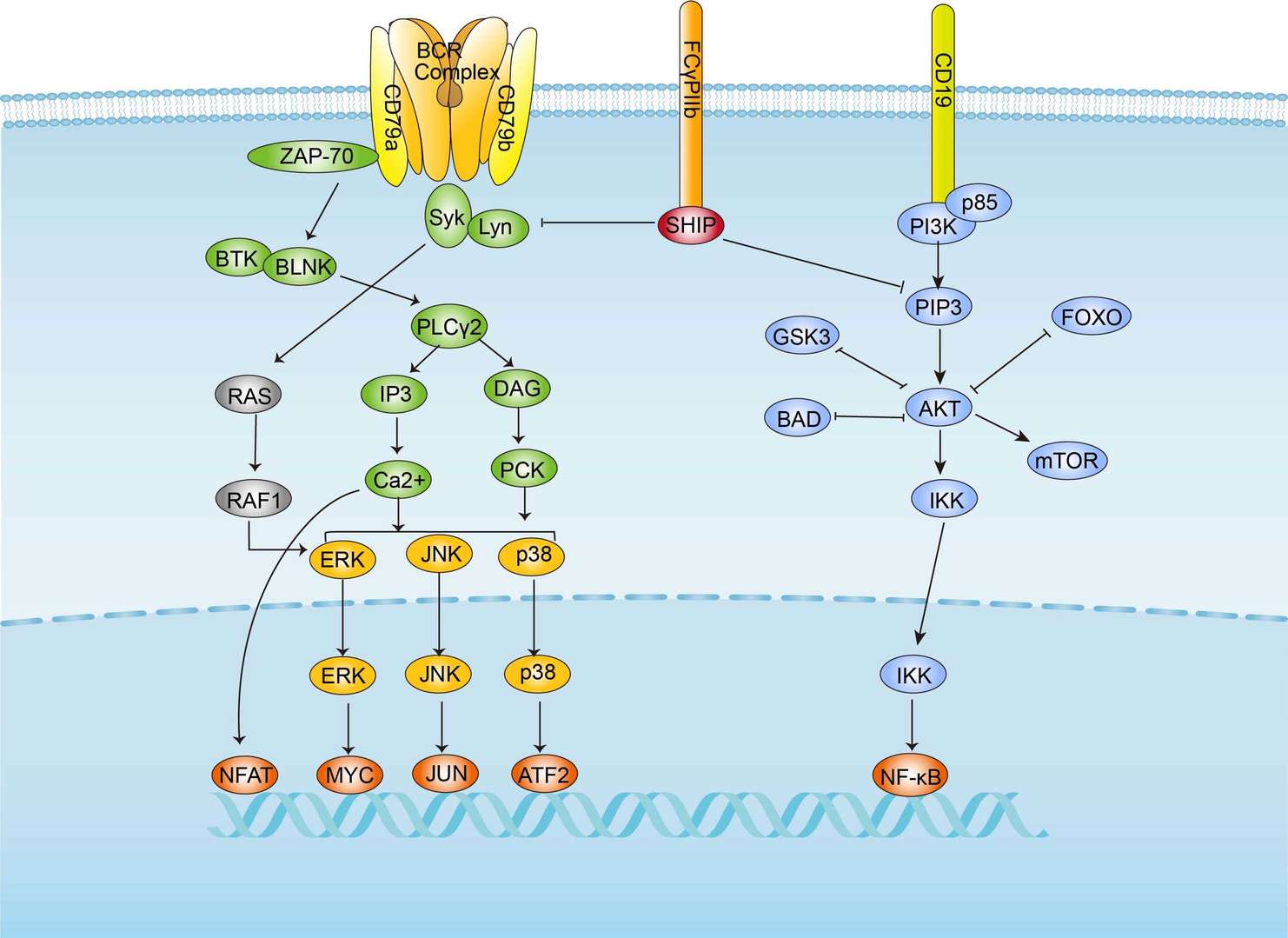 BCR Signaling Pathway
BCR Signaling Pathway
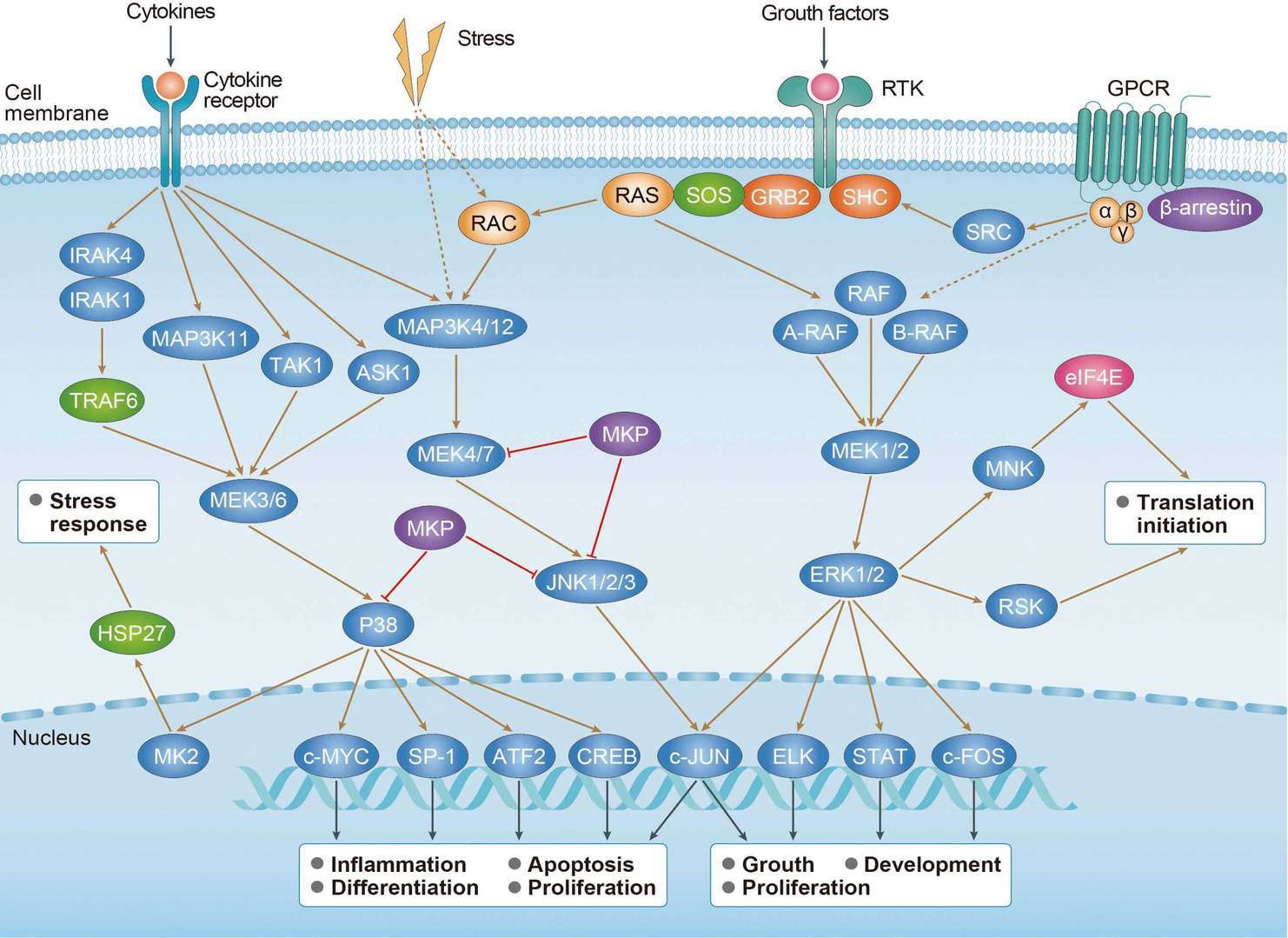 cAMP Signaling Pathway
cAMP Signaling Pathway
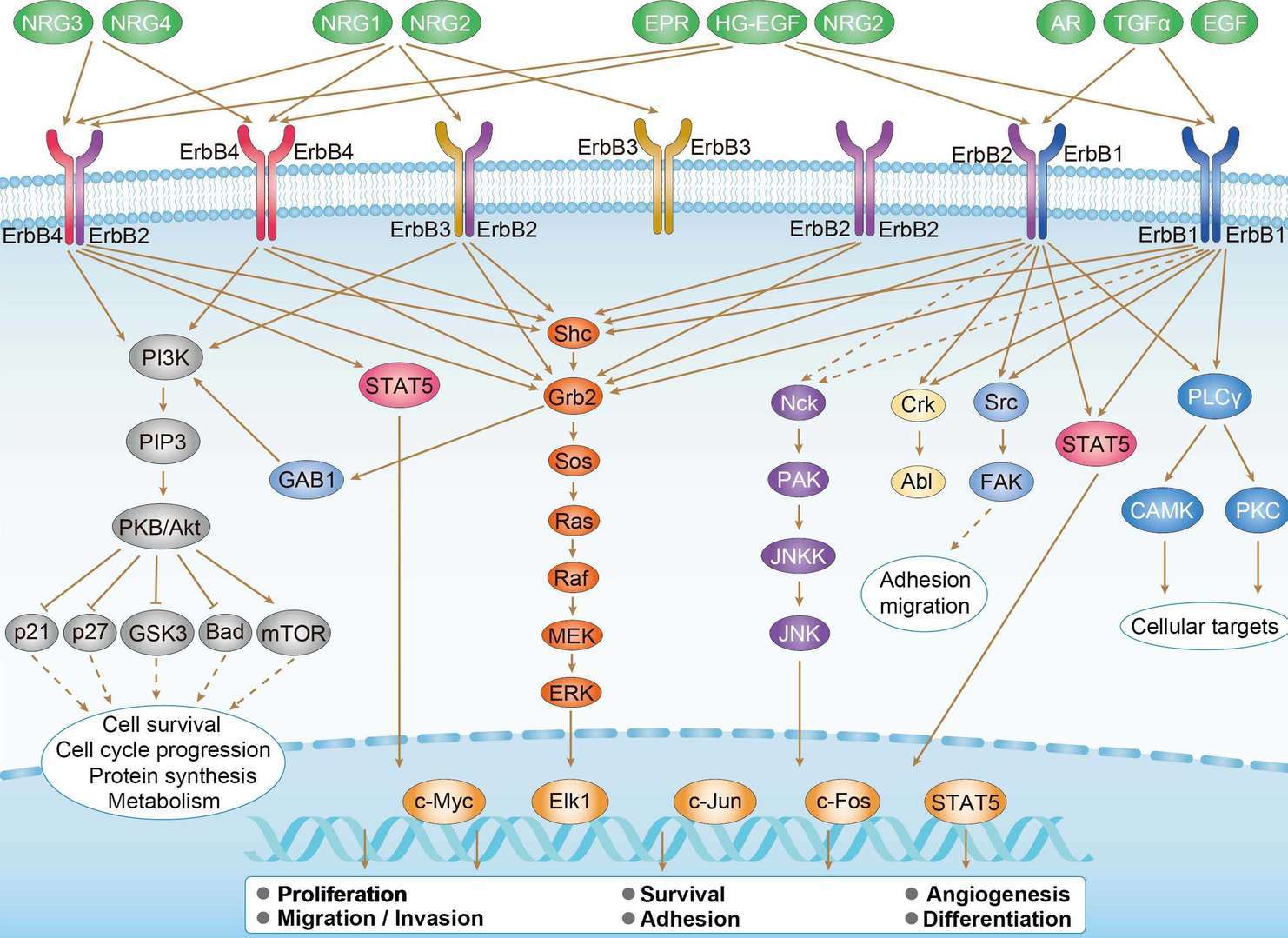 ErbB Signaling Pathway
ErbB Signaling Pathway
 Insulin Signaling Pathway
Insulin Signaling Pathway
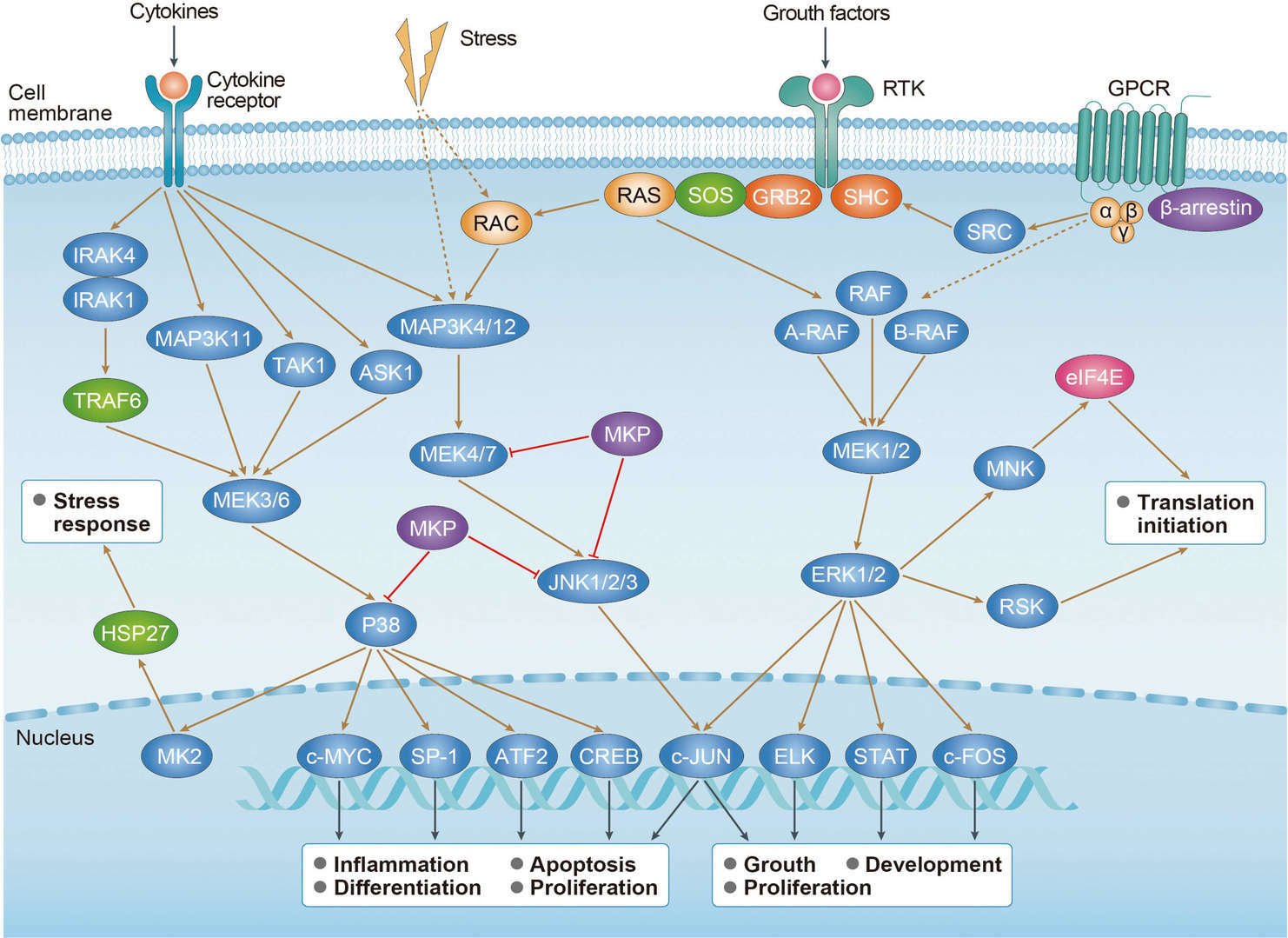 MAPK Signaling Pathway
MAPK Signaling Pathway
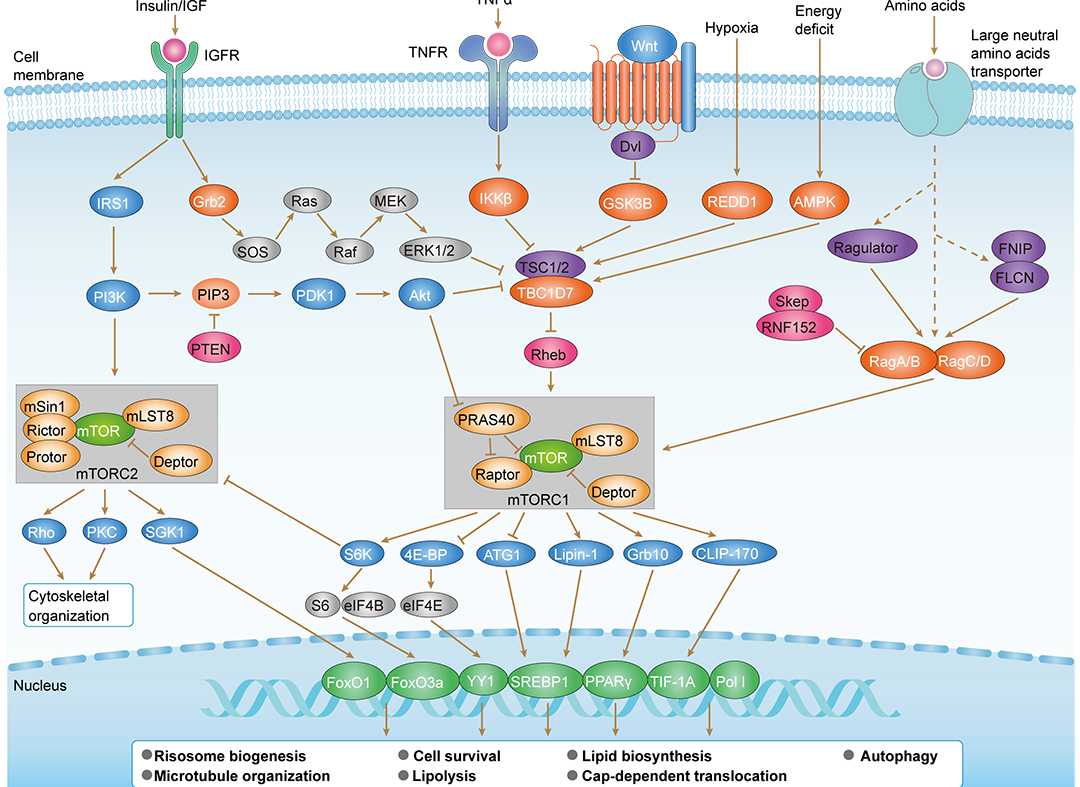 mTOR Signaling Pathway
mTOR Signaling Pathway
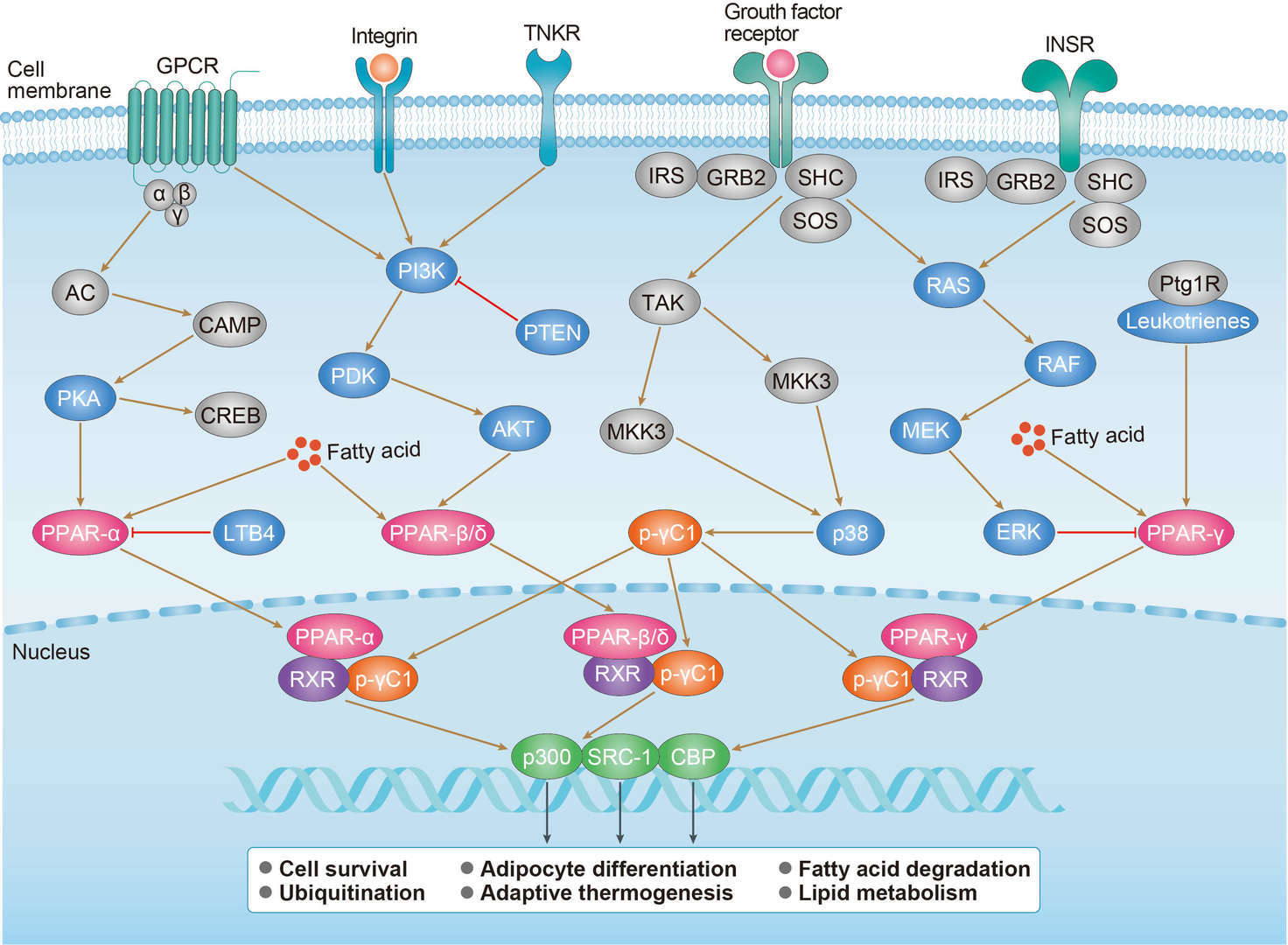 PPAR Signaling Pathway
PPAR Signaling Pathway
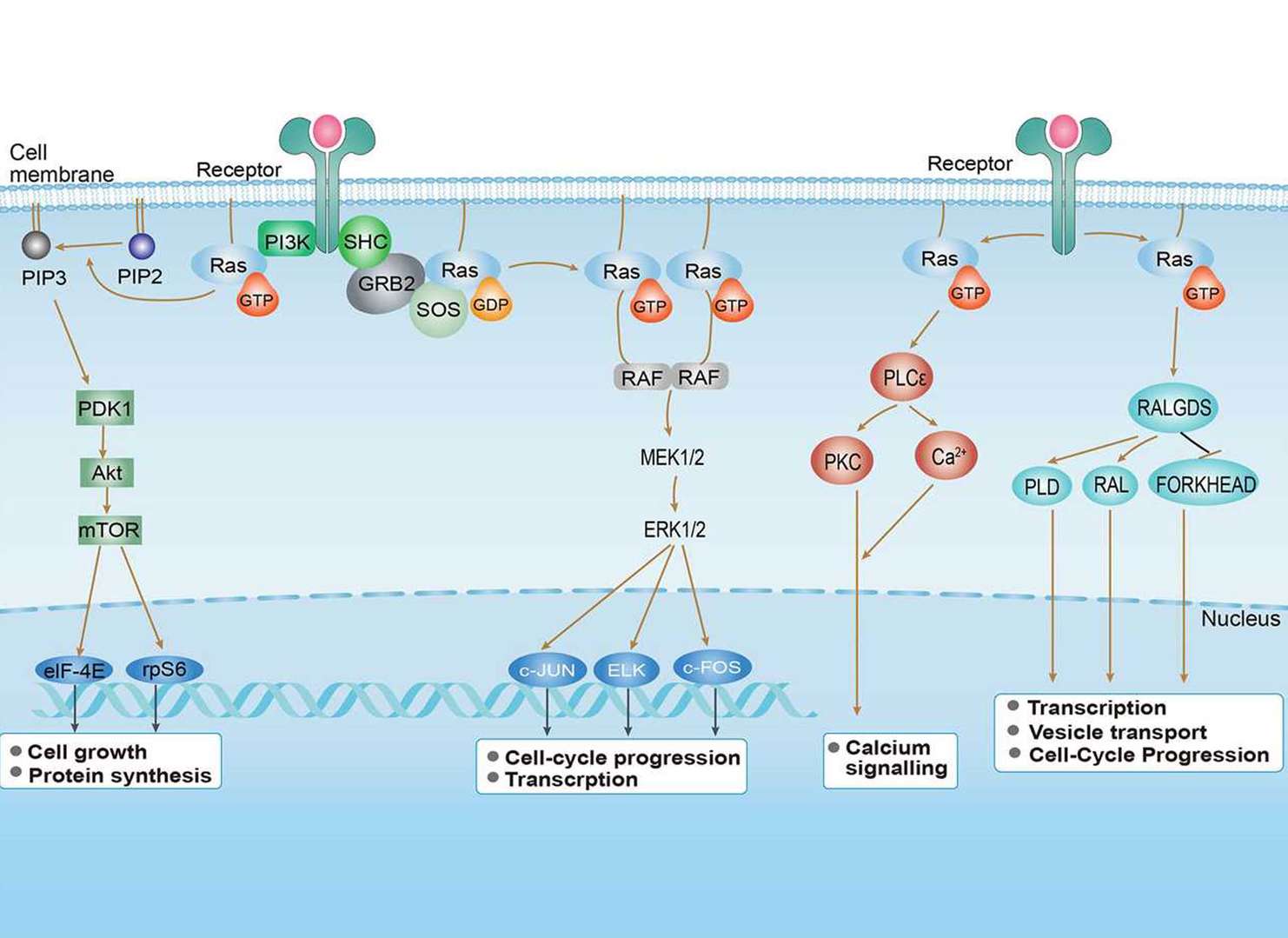 Ras Signaling Pathway
Ras Signaling Pathway
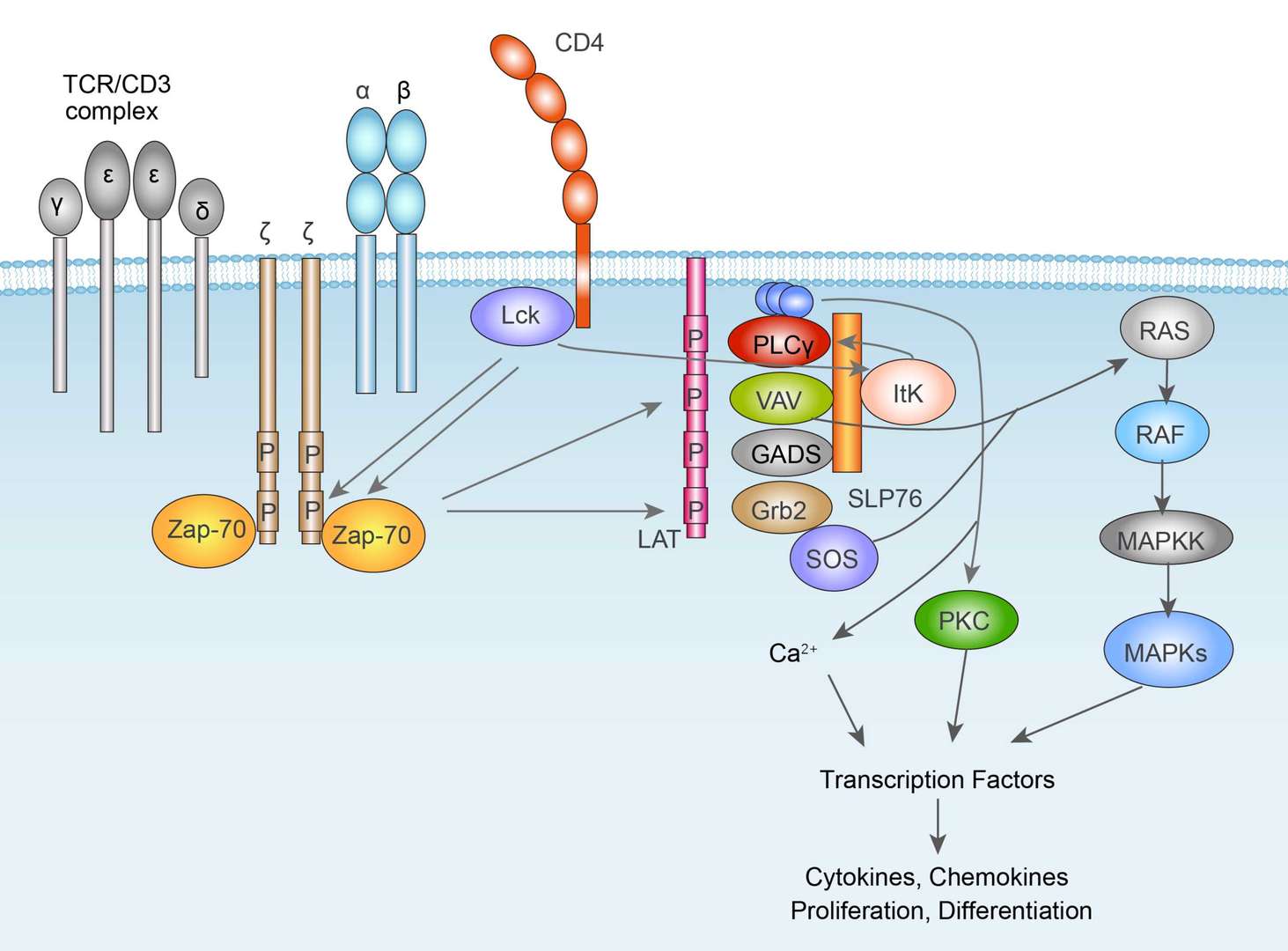 TCR Signaling Pathway
TCR Signaling Pathway
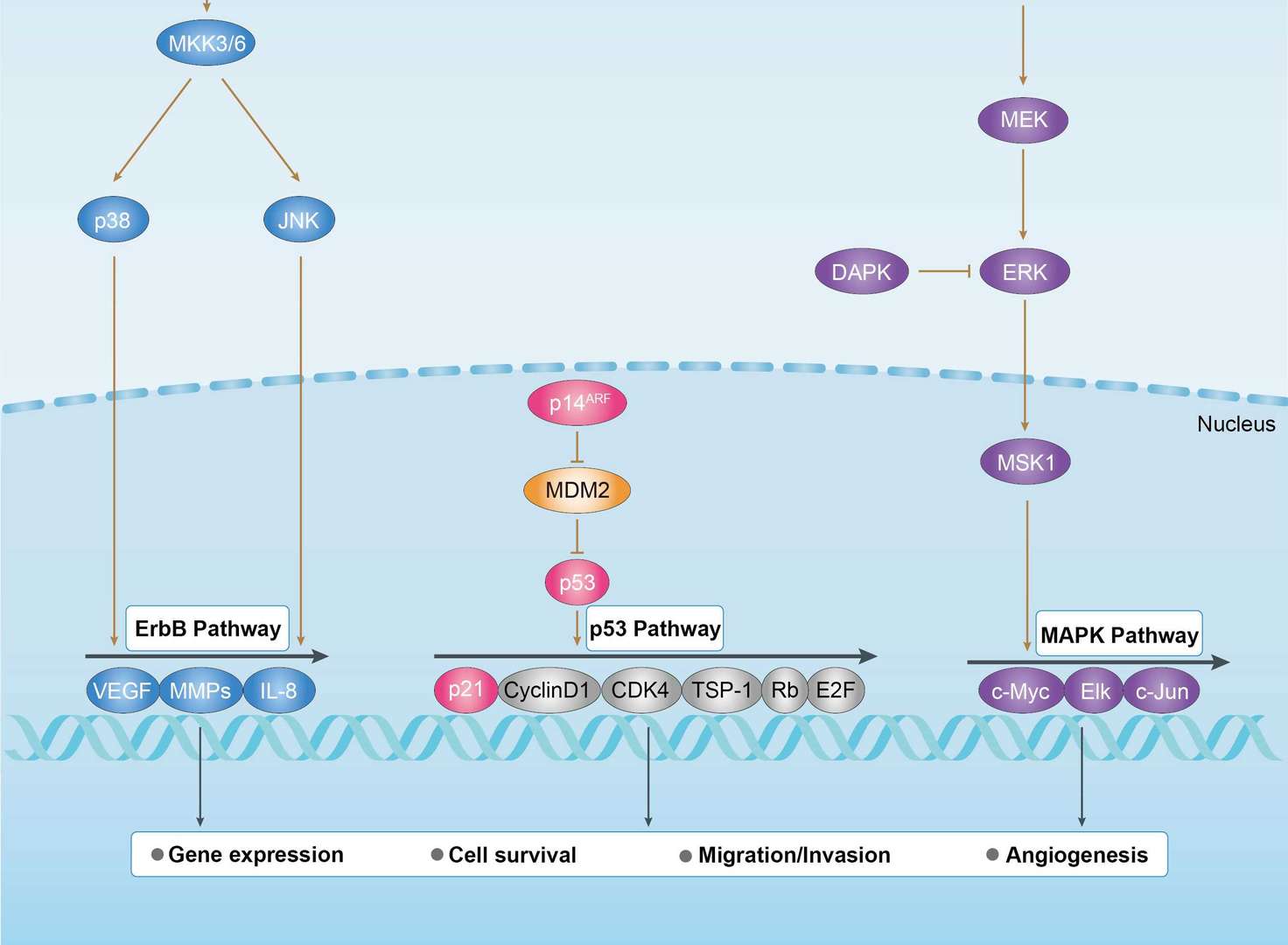 Bladder Cancer
Bladder Cancer
 Breast Cancer
Breast Cancer
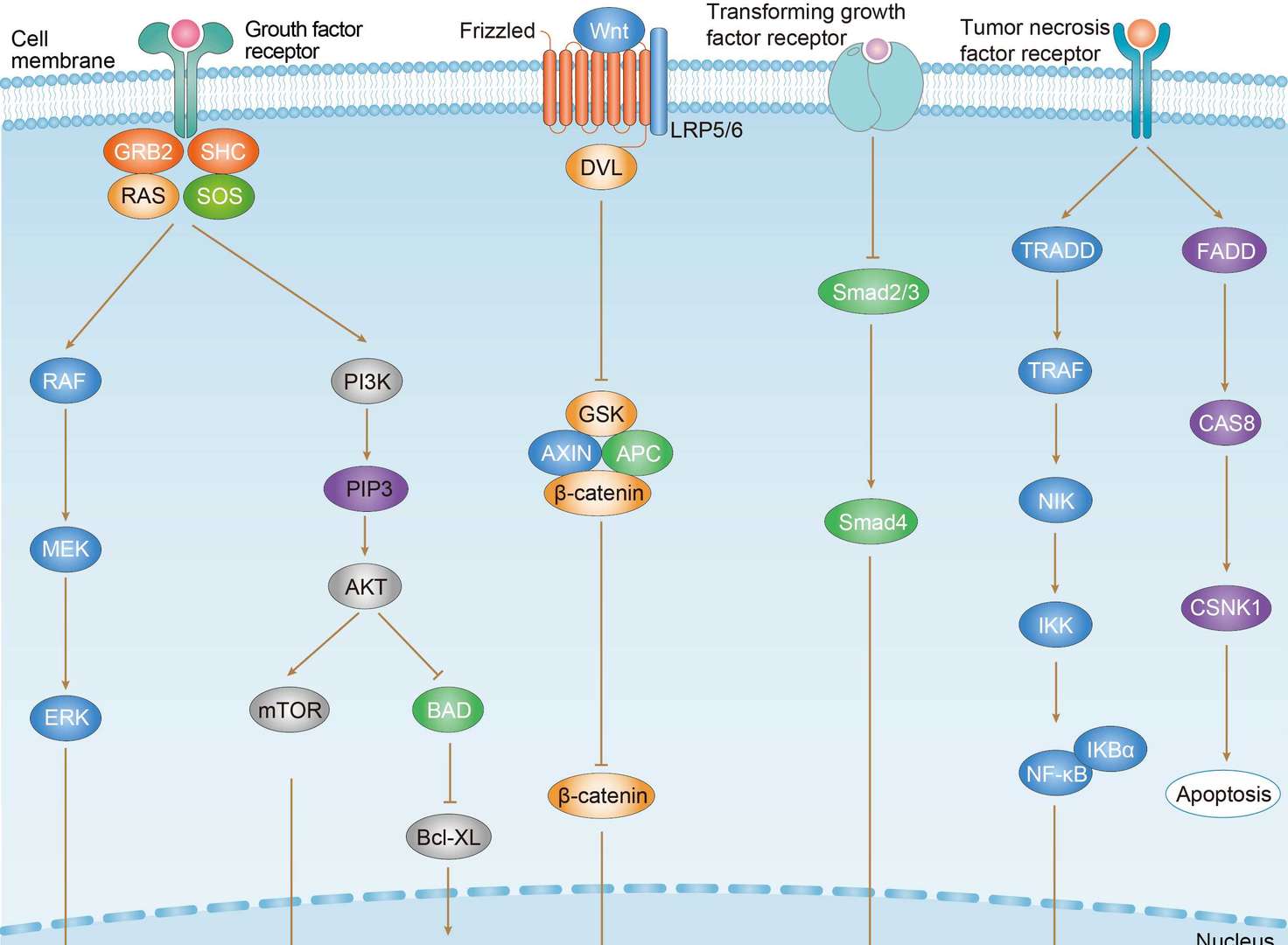 Colorectal Cancer
Colorectal Cancer
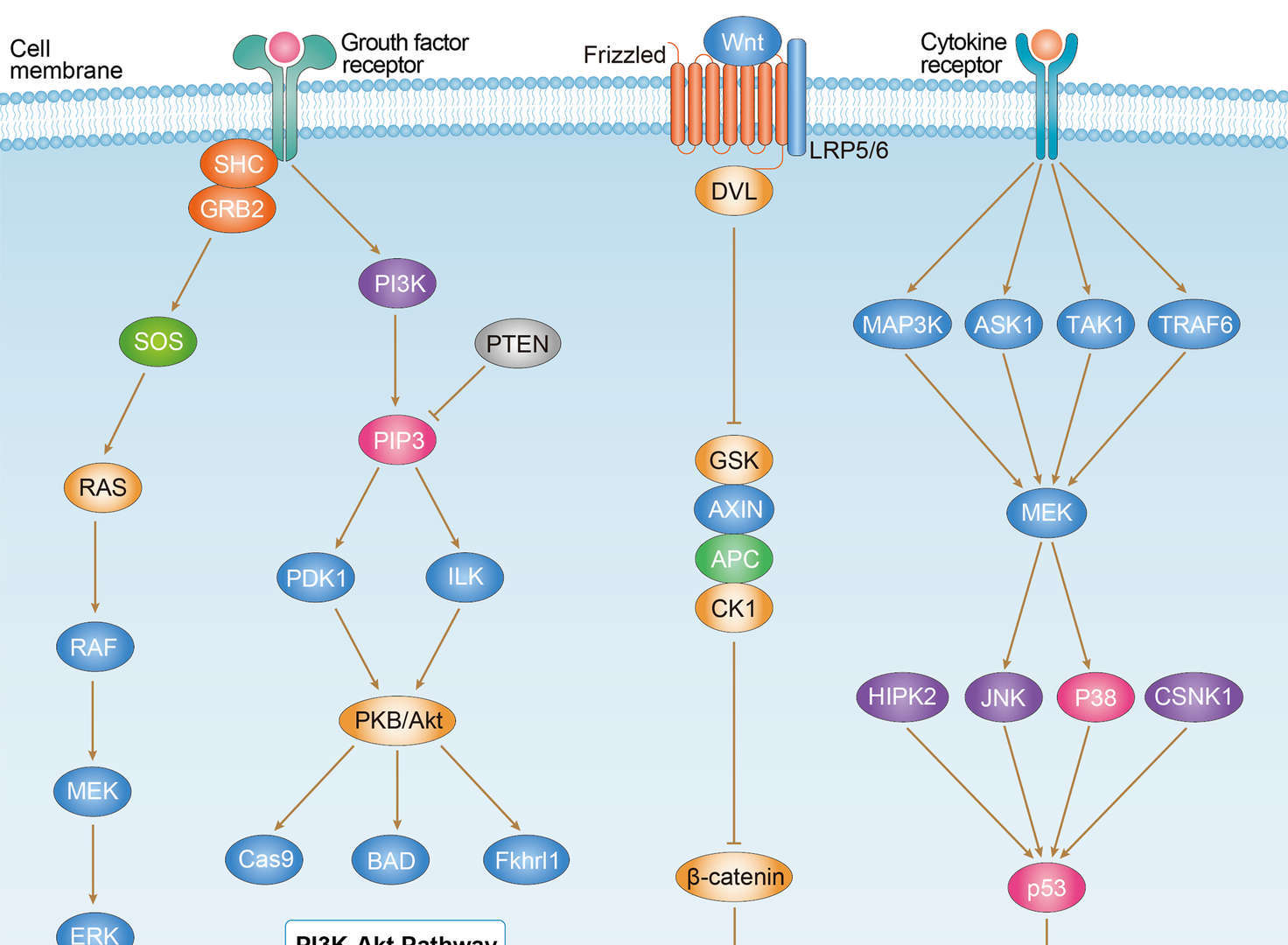 Endometrial Cancer
Endometrial Cancer
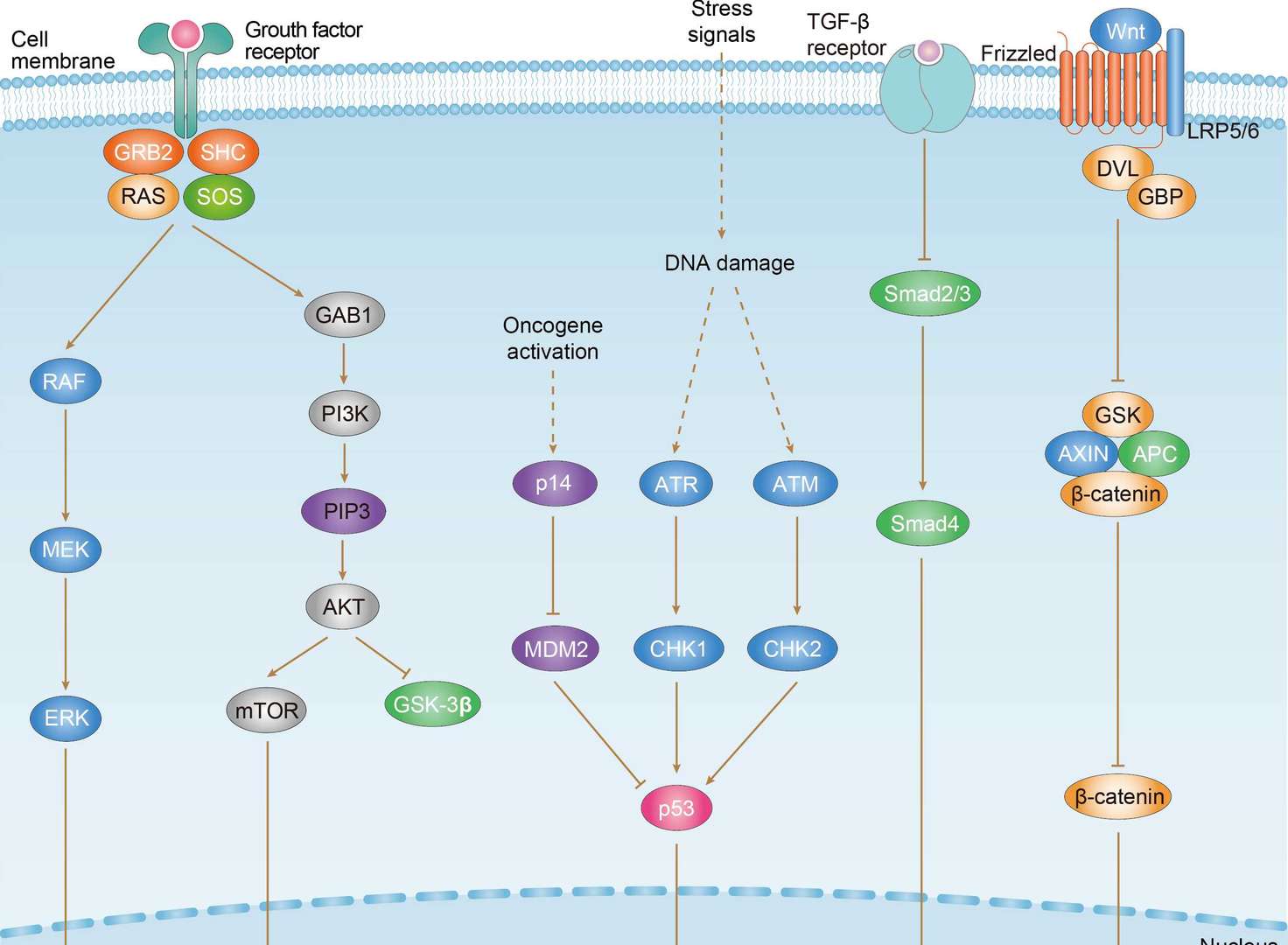 Gastric Cancer
Gastric Cancer
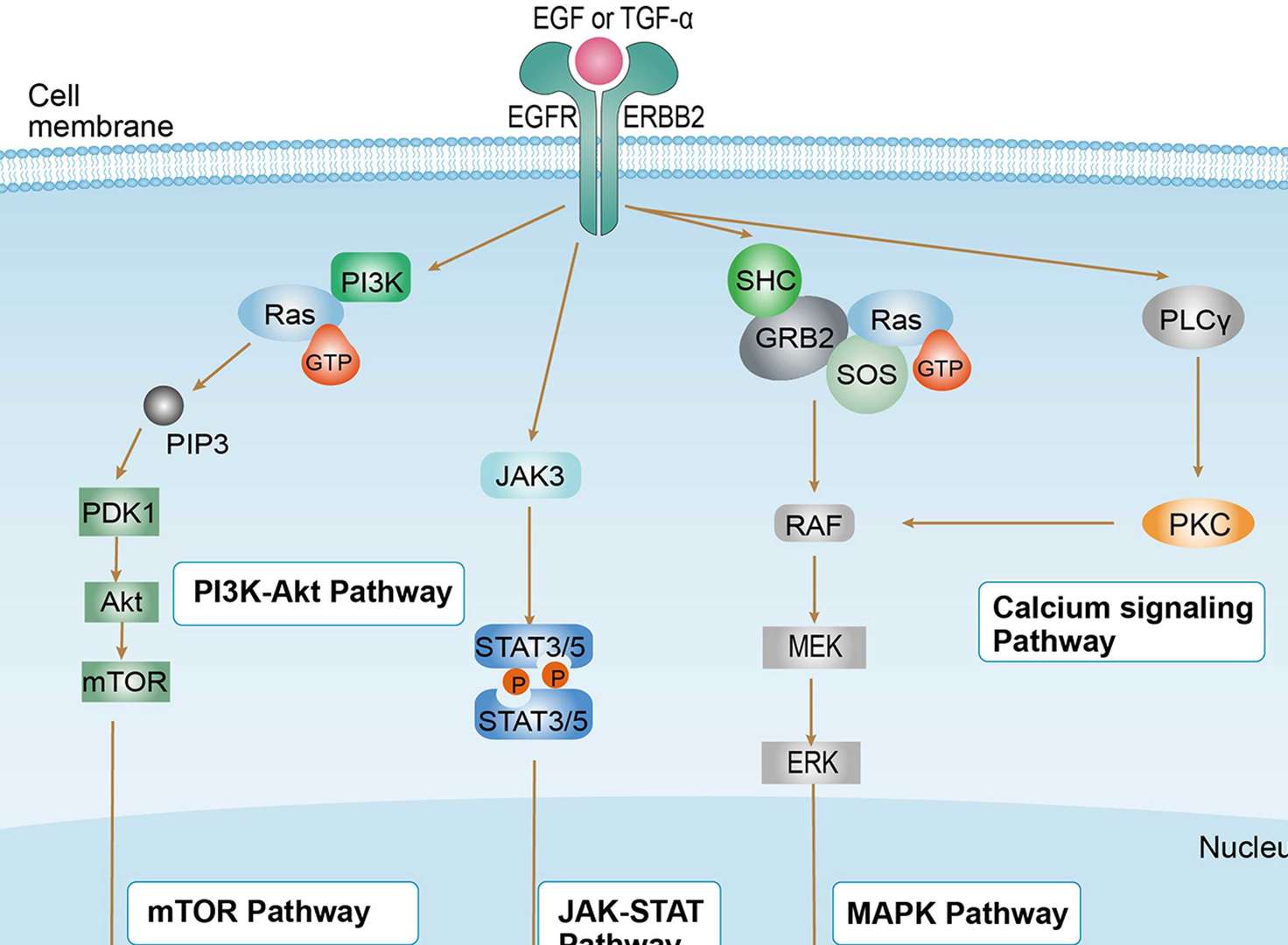 Non-small Cell Lung Cancer
Non-small Cell Lung Cancer
 Prostate Cancer
Prostate Cancer
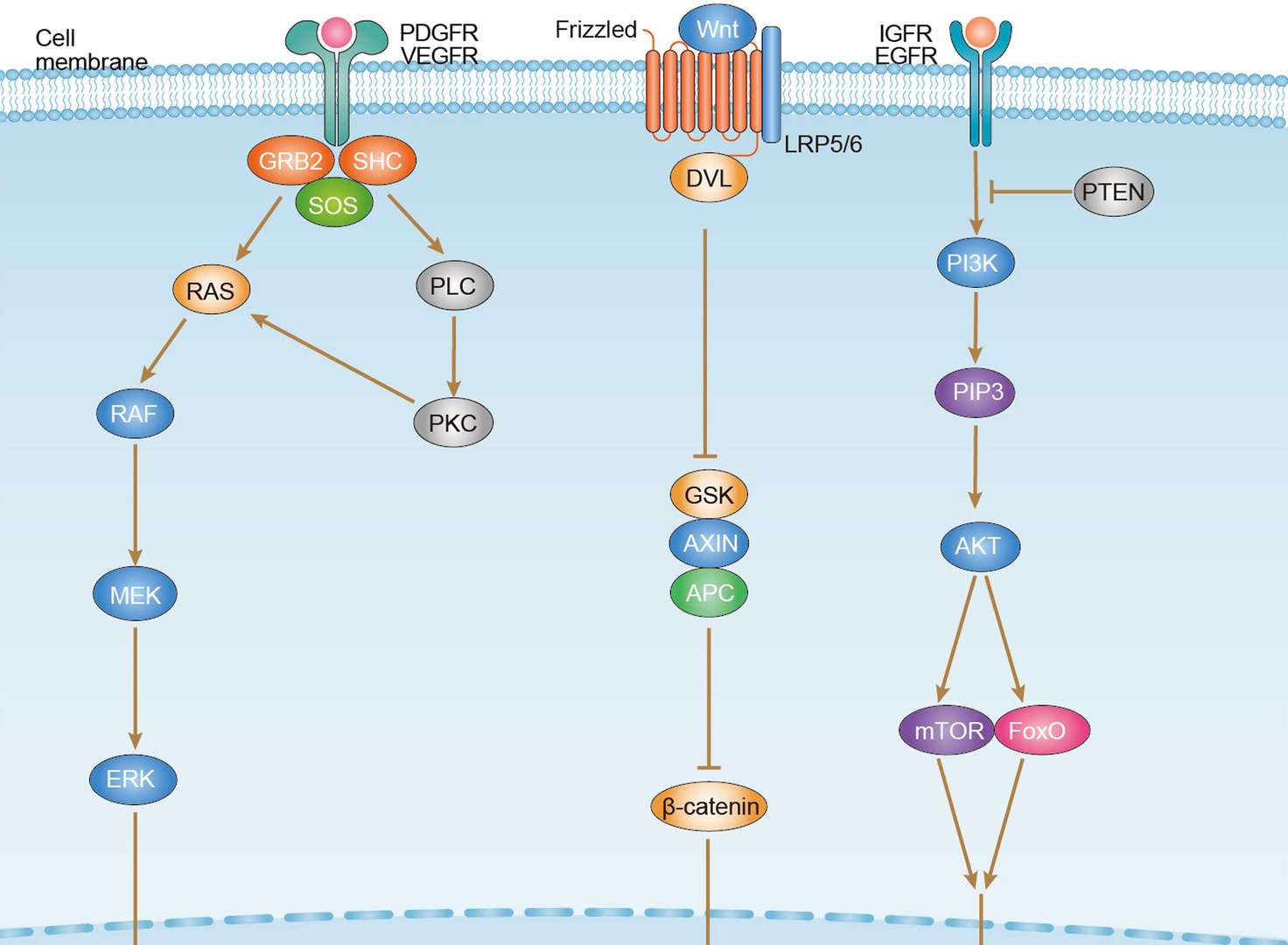 Hepatocellular Carcinoma
Hepatocellular Carcinoma
